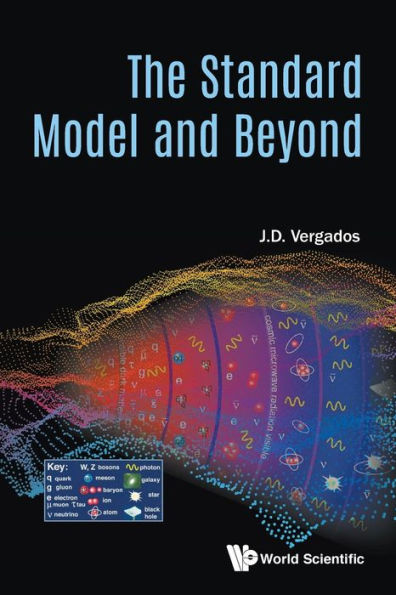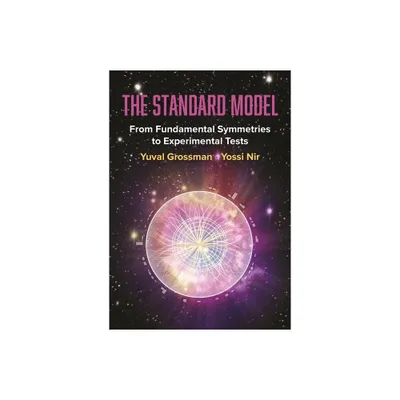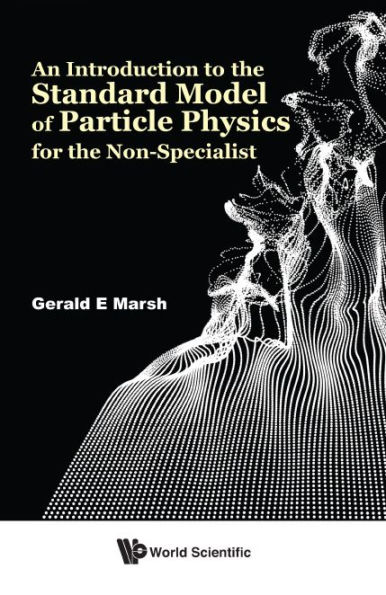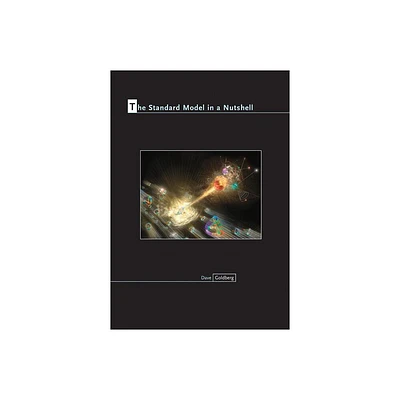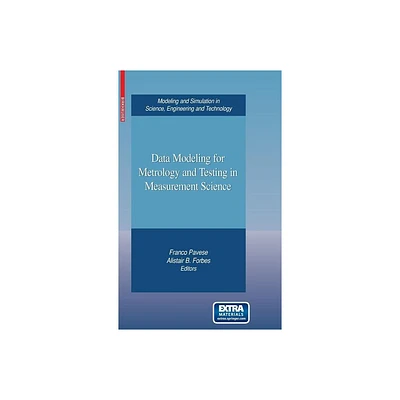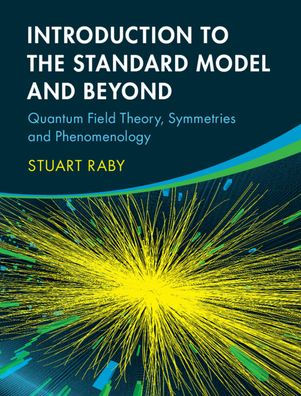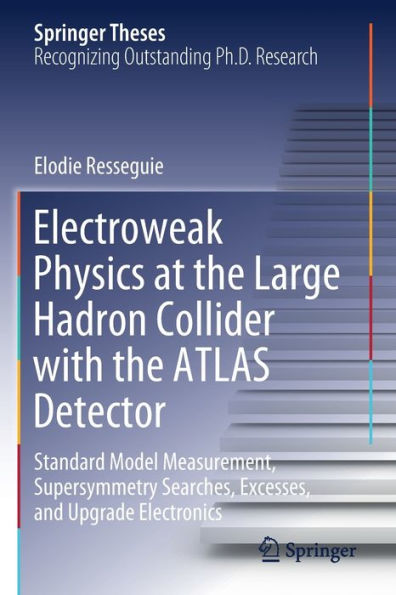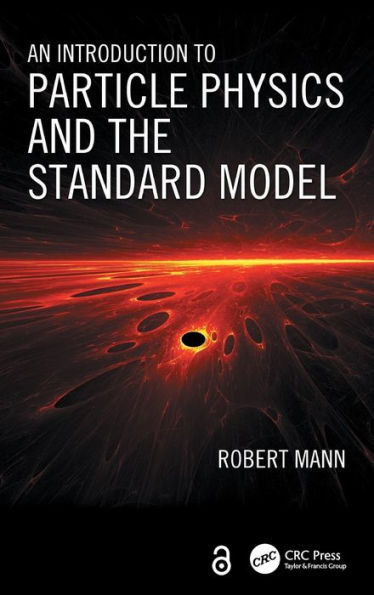Home
Precision Measurements to Test the Standard Model and for Explosive Nuclear Astrophysics
Loading Inventory...
Barnes and Noble
Precision Measurements to Test the Standard Model and for Explosive Nuclear Astrophysics
Current price: $109.99
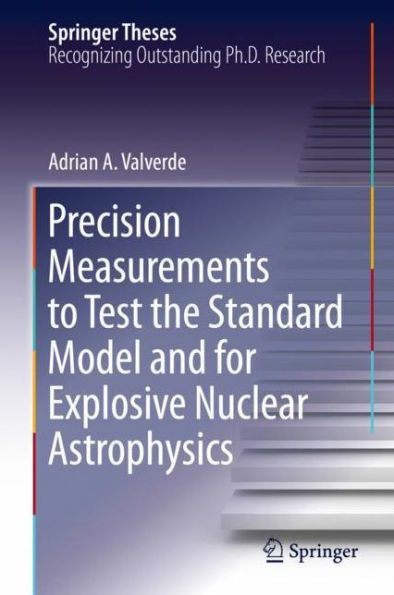

Barnes and Noble
Precision Measurements to Test the Standard Model and for Explosive Nuclear Astrophysics
Current price: $109.99
Loading Inventory...
Size: OS
*Product Information may vary - to confirm product availability, pricing, and additional information please contact Barnes and Noble
This thesis presents two significant results in the field of precision measurements in low-energy nuclear physics. Firstly, it presents a precise half-life determination of
11
C, leading to the most precise ft-value for a beta decay transition between mirror nuclides, an important advance in the testing of the electroweak sector of the Standard Model. Secondly, it describes a high-precision mass measurement of 56Cu, a critical nucleus for determining the path of the astrophysical rapid-proton capture process, performed by the author using the LEBIT Penning trap at the National Superconducting Cyclotron Laboratory. This new measurement resolves discrepancies in previously-reported calculated mass excesses. In addition, the thesis also presents the construction and testing of a radio-frequency quadrupole cooler and buncher that will be part of the future N = 126 factory at Argonne National Laboratory aimed at producing nuclei of interest for the astrophysical rapid-neutron capture process for the first time.
11
C, leading to the most precise ft-value for a beta decay transition between mirror nuclides, an important advance in the testing of the electroweak sector of the Standard Model. Secondly, it describes a high-precision mass measurement of 56Cu, a critical nucleus for determining the path of the astrophysical rapid-proton capture process, performed by the author using the LEBIT Penning trap at the National Superconducting Cyclotron Laboratory. This new measurement resolves discrepancies in previously-reported calculated mass excesses. In addition, the thesis also presents the construction and testing of a radio-frequency quadrupole cooler and buncher that will be part of the future N = 126 factory at Argonne National Laboratory aimed at producing nuclei of interest for the astrophysical rapid-neutron capture process for the first time.
